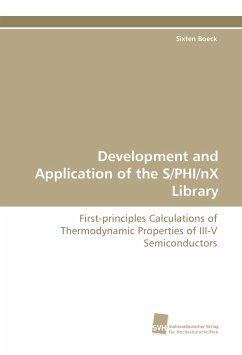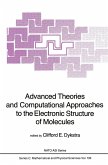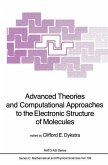Computer simulations are becoming increasingly important for material research. A key contribution of computational physics to this field is the development of novel methods and models which typically need to be computationally highly optimized. Due to recent advances in computer technology the development of the underlying algorithms becomes increasingly challenging and requires a thorough knowledge of physics, numerics, and computer science at the same time. This opens a gap between physics and computer science and creates a new interdisciplinary field of research. In this work a new physics meta-language is introduced which simplifies the development of algorithms in computational materials design. Modern computer science techniques have been applied to provide language elements to express algebraic expressions efficiently on modern computer platforms. The new meta-language supports the Dirac notation to implement quantum mechanical algorithms in the native language of physicists. The language is completed by elements to express equations of motions efficiently which is required for implementing structural algorithms such as molecular dynamics.







